Keeping the Wheels Turning
The German automotive industry is struggling, and the whole country is feeling it. From Stuttgart to Wolfsburg, employees of automotive manufacturers and suppliers alike are worrying about their jobs, while development and design engineers are looking for opportunities in other industries. The reasons for this crisis are complex. The powertrain transformation is progressing more slowly in Germany than in other countries. In the premium segment, where German vehicle manufacturers have so far been leading international markets, strong competition is emerging abroad. This is putting pressure on the export rate, as are punitive tariffs on car imports. This is problematic for an industry that sells three quarters of its products abroad.
Falling sales figures have a massive impact on the capacity utilization of production plants in Germany. High wages and non-wage labor costs as well as high energy costs make plants uneconomical if they only produce at around two-thirds of their capacity – not an uncommon rate at the moment. It is no wonder that the German Bundestag is also concerned about the industry’s difficulties. Experts of the Committee on Economic Affairs recently spoke more than worriedly about the situation of German automobile manufacturers and suppliers. In a hearing in mid-November 2024, the President of the German Association of the Automotive Industry (VDA), Hildegard Müller, spoke of an »extremely urgent situation« in the automotive business.
Boosting the transformation
A few figures underscore the urgency. The industry is the country’s strongest in terms of revenue. According to a recent study, 25 percent of industrial jobs in eastern Germany are directly or indirectly dependent on the automotive industry. All the more reason to comprehensively reform the industry and put it on a firm footing for the future. The conditions for this are better than the current situation might suggest. Digitalization is revolutionizing product development and production processes by integrating automated manufacturing, data analysis and artificial intelligence to increase efficiency and flexibility. Mobility concepts and customer needs are also changing: Vehicle companies are now producing a variety of new small and micro vehicles with electric motors alongside cars – from electric scooters and e-bikes to e-mopeds. And all of this in individualized variants, sometimes with a batch size of 1. This also changes the product portfolios and production principles of supplier companies.
At the same time, Robert Drewnicki from the Transformation Network for the Vehicle and Supply Industry in the Berlin-Brandenburg Region (ReTraNetz-BB) pointed out to the Committee on Economic Affairs that more than twice as much research and development funding was flowing into automotive jobs in eastern Germany as into other workplaces. This is a solid basis for reinventing the industry, making it faster, more agile, more creative and more efficient.
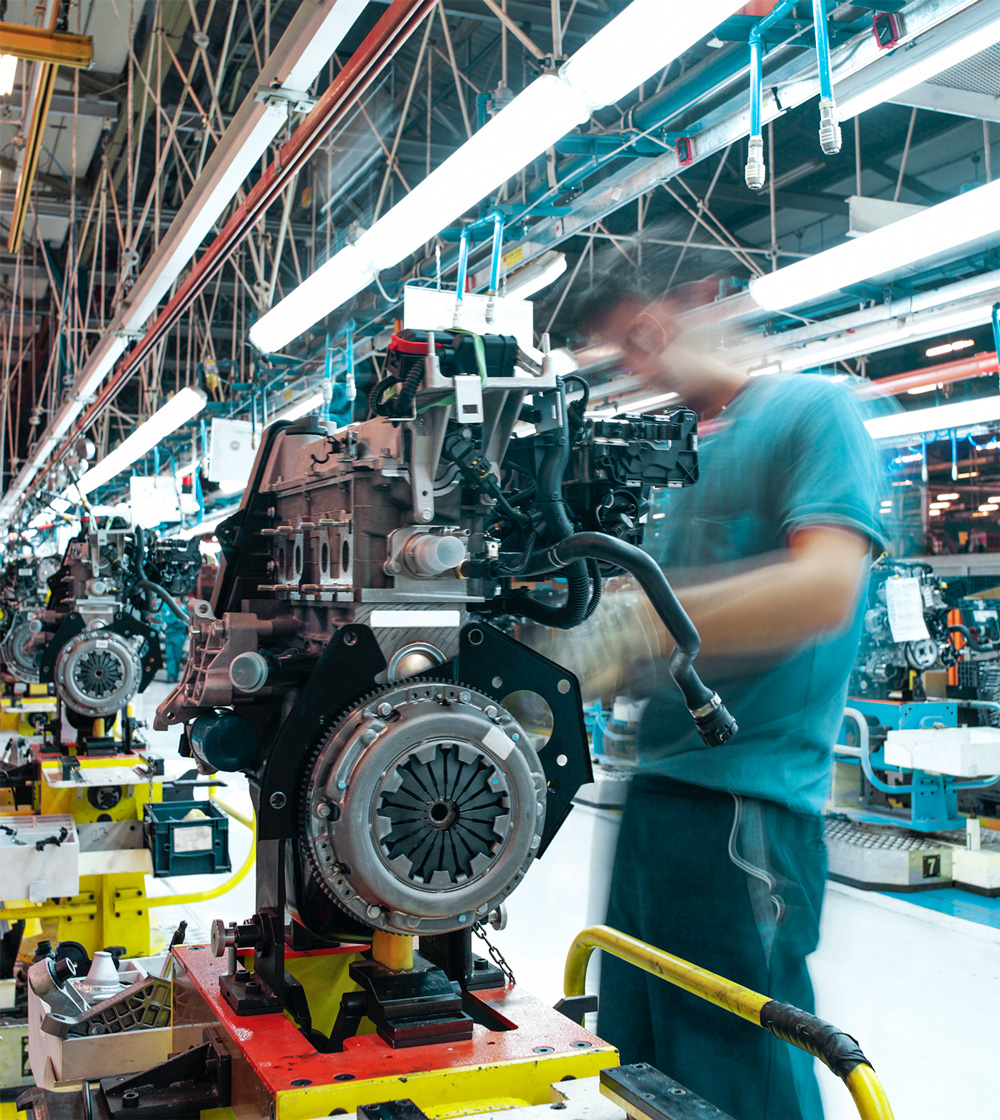
Where a manufacturing industry needs to be transformed, Fraunhofer takes a leading role, setting pace and direction. Fraunhofer IPK experts are actively involved in the ReTraNetz-BB project and keep their fingers on the pulse of local industry. »Companies are identifying development needs in various areas,« reports Prof. Julian Polte, head of the Production Systems division. »They are calling for answers to the energy crisis, because it is killing margins. But digital, AI-supported assistance systems are also a big topic, as are ecosystems for current and potential value chains, which may look very different from what the industry is used to.«
Polte calls on companies that want to successfully shape their transformation to get in touch with him and his team. A real-world laboratory at the institute was inaugurated in November 2024 to support the automotive and supplier industry in the Berlin-Brandenburg region in its transformation to more environmentally friendly and efficient vehicle production. It is also intended to become an important basis for future research projects as well as for university teaching and the training and continuing education of specialists.
Agents provide insights
The topics that the institute is addressing through ReTraNetz-BB and other research projects related to the automotive industry are diverse. They start with a look at the »big picture« in production. »When it comes to making manufacturing more efficient, transparency is the right starting point,« concludes Nikolaos Koutrakis, who heads ReTraNetz-BB activities at Fraunhofer IPK. One promising approach in this context is the creation of a near-real-time status map of resources and processes. It provides a clear overview of the current production status and optimizes communication between the various actors on the shop floor.
A prerequisite for a holistic view of the situation is the digital representation of machines and processes. A Fraunhofer IPK solution maps every entity in production – production machines, materials, inventories, even people – as agents. The agents can communicate with each other and make decisions. They use simulation to identify conflicting goals and potential problems and to initiate suitable countermeasures early on. »When used in a production environment, the agents can take over control and monitoring of components and enable flexible planning and reorganization of tasks in real time,« summarizes Koutrakis. Automated decision-making takes less than a minute, enabling a rapid response to changes in the production process. This makes production more agile and can improve capacity utilization.
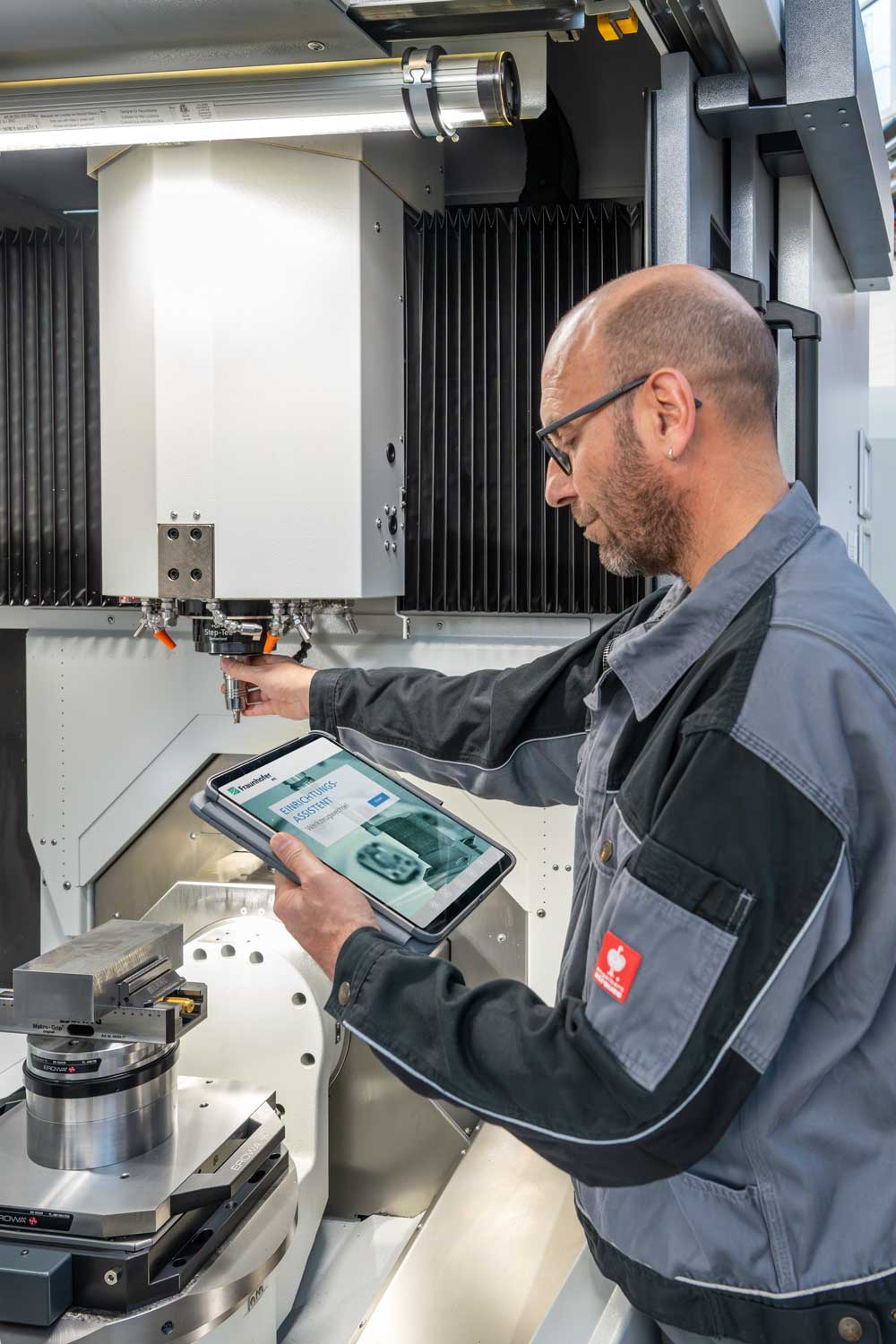
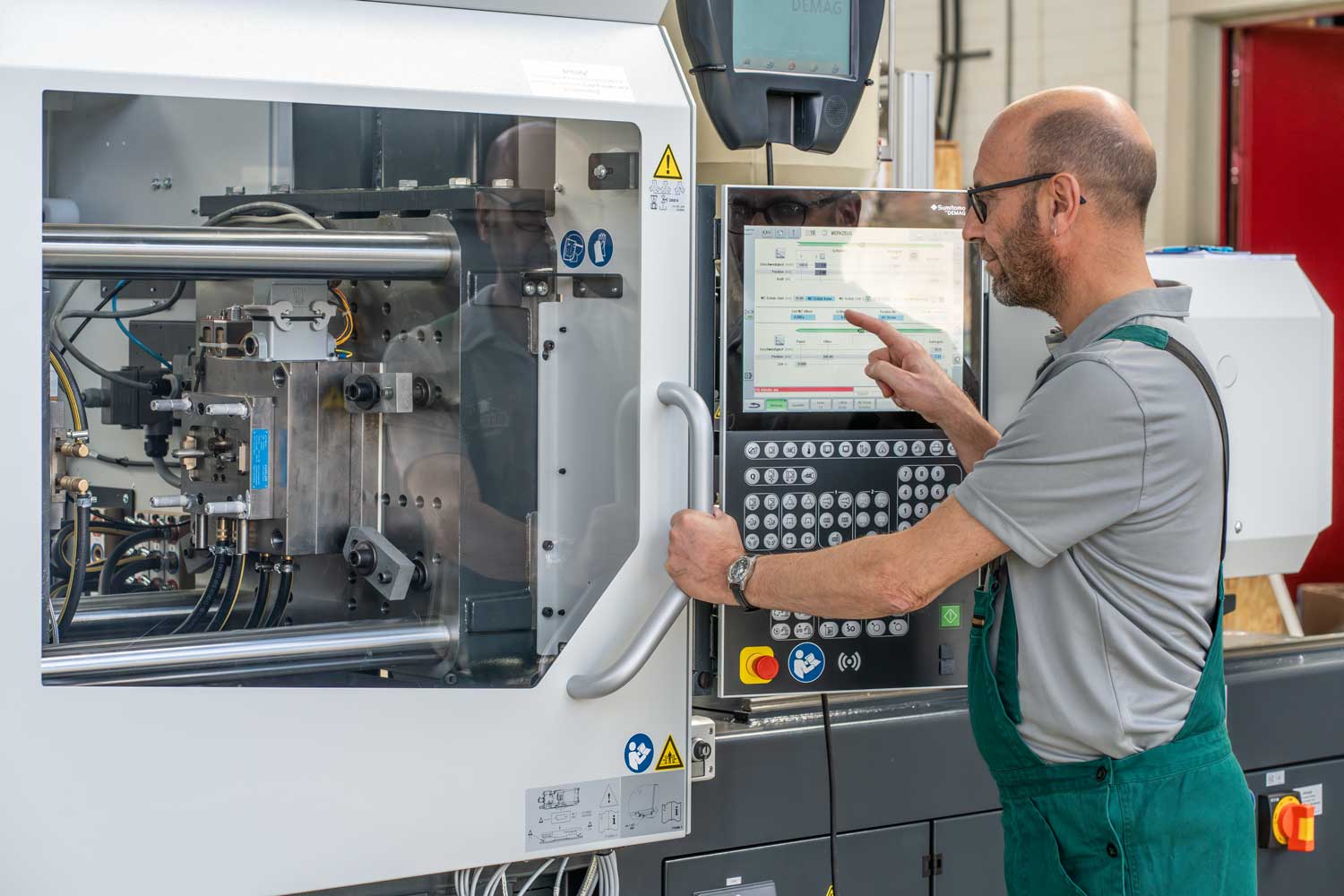
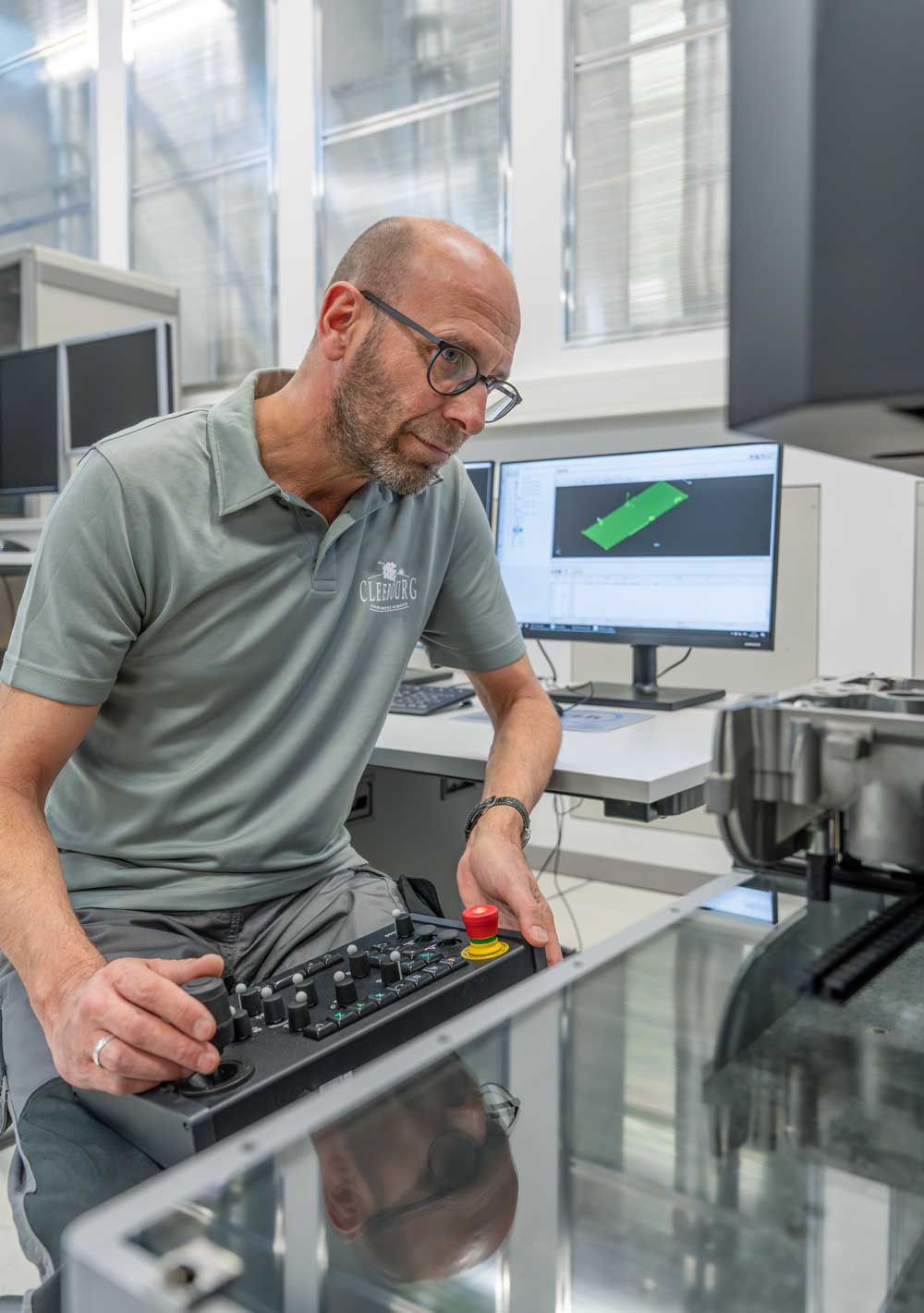
Digital assistants support shop floor staff
In addition, agents enable highly efficient support for employees on the shop floor. By providing complex information in real time and optimizing the interaction between people and machines, digital assistance systems address a variety of challenges in operational manufacturing. They help to make workflows more efficient and support employees in carrying out processes. They reduce the time spent searching for relevant data and instructions and help to fulfill documentation requirements. They increase safety and quality in production by supporting error-free execution of tasks. And they do so independently of language skills and the level of experience of employees, which makes it easier to integrate untrained or non-German-speaking staff.
»Language may sound like a trivial issue, but it’s a key challenge in production,« reports Koutrakis. In the Berlin-Brandenburg region, up to nine different languages may be spoken on the shop floor of automotive suppliers. This is not only an enormous hurdle for communication at work, but also for the transfer of knowledge between employees.
Digital assistants offer enormous potential in this area. An example: An employee from abroad has to carry out and document a maintenance process on a system. Using a mobile device, she requests information in her native language about certain aspects of the last maintenance process carried out on the system. The digital assistant finds the information in the stored documentation and returns it in the employee’s native language. She then performs the maintenance and documents it in her native language. The assistant translates the documentation into German and stores it centrally.
And that is by no means the end of the story. Taken to the extreme, the digital assistant would automatically generate the documentation while guiding the specialist through the maintenance process – also observing a consistent style and wording. Overall, digital assistance systems can massively reduce activities that do not add value, such as information searches and documentation, which significantly increases efficiency. They also make it possible to flexibly transfer people between industries with little training effort, thus allowing a company to respond to demand and capacity utilization.
Monitoring for more efficient energy use
The fact that energy monitoring is highly relevant for automotive companies is not surprising. Energy prices in Germany are among the highest worldwide – a significant drag on the profitability of Germany as an industrial center. This is a good reason to closely monitor the power consumption of an industrial plant. And not the only one: The Corporate Sustainability Reporting Directive (CSRD) requires industry to verify the energy consumption of components, which is causing a great deal of additional work for the already burdened automotive industry. To meet this requirement, numerous individual consumers and production steps in the process chain must be taken into account.
One effective solution is to equip both old and new manufacturing facilities with an energy measurement system that precisely records the energy consumption of individual components. This makes it possible to perform a detailed analysis of energy consumption, which not only helps companies meet legal requirements but also take targeted measures to optimize energy consumption – across the entire process chain and selectively at the component, procedure, and process level.
Digitally supported equipment manufacturing
Speaking of components: Not every device produced in a manufacturing plant is intended to be sold. Production equipment is purchased or manufactured for internal use. These items are used in industrial manufacturing – they range in shape and size from wrenches and injection molds to clamping devices, and even entire machines.
For certain production equipment, it is cheaper to manufacture them in-house than to buy them or even keep them in stock. In-house production is particularly worthwhile for parts that are rarely but then unexpectedly needed or that cannot be easily repurchased. In the automotive industry, customized assembly fixtures make a decisive contribution to process reliability and repeatability. The ability to customize these operating resources quickly and cost-effectively is particularly important, for example, when changing models, for vehicle-specific geometries, or for ergonomically adapted handling solutions.
Digitally integrated production equipment manufacturing greatly simplifies the manufacturing process as it enables fast and flexible production of spare parts without the need for traditional technical drawings. By using digital models and scans of existing components, the required components can be manufactured directly using 3D printing. This significantly reduces downtime in production. In addition, a continuous digital process chain allows existing components to be quickly adapted and optimized. As a result, companies can maintain their operating resources efficiently and save resources. This increases responsiveness and flexibility, and thus the resilience of production.
Flexible helpers: cobots
When it comes to supporting manufacturing specialists, cooperative robots, or cobots for short, can also make an important contribution. An example application can be seen in the ReTraNetz real-world laboratory, where a cobot is used to demonstrate how hairpins are inserted into a stator. Cobots differ from traditional industrial robots in their compact design, ease of programming and, in particular, their safe interaction with humans. They are equipped with highly sensitive sensors that anticipate and prevent collisions. This makes it possible for them to work in close proximity to humans without protective cages or barriers, which saves space in production facilities and enables flexible integration into existing processes. In addition, they can be easily transported and used in ever-changing locations within a production facility. Cobots have an intrinsic advantage that is essential for these applications: They are programmable intuitively. Thanks to user-friendly interfaces and adaptive control systems, they can be programmed for new tasks in a very short time.
Both advantages – mobility and programmability – make cobots ideal tools for supporting dynamic, variant-rich manufacturing as highly flexible production systems. In direct interaction with employees on the shop floor, they combine the strengths of both partners by uniting the flexibility and problem-solving ability of humans with the precision and resilience of machines. Working with cobots reduces repetitive or physically demanding tasks and allows employees to concentrate on challenging tasks. At the same time, people remain at the center of the production process.
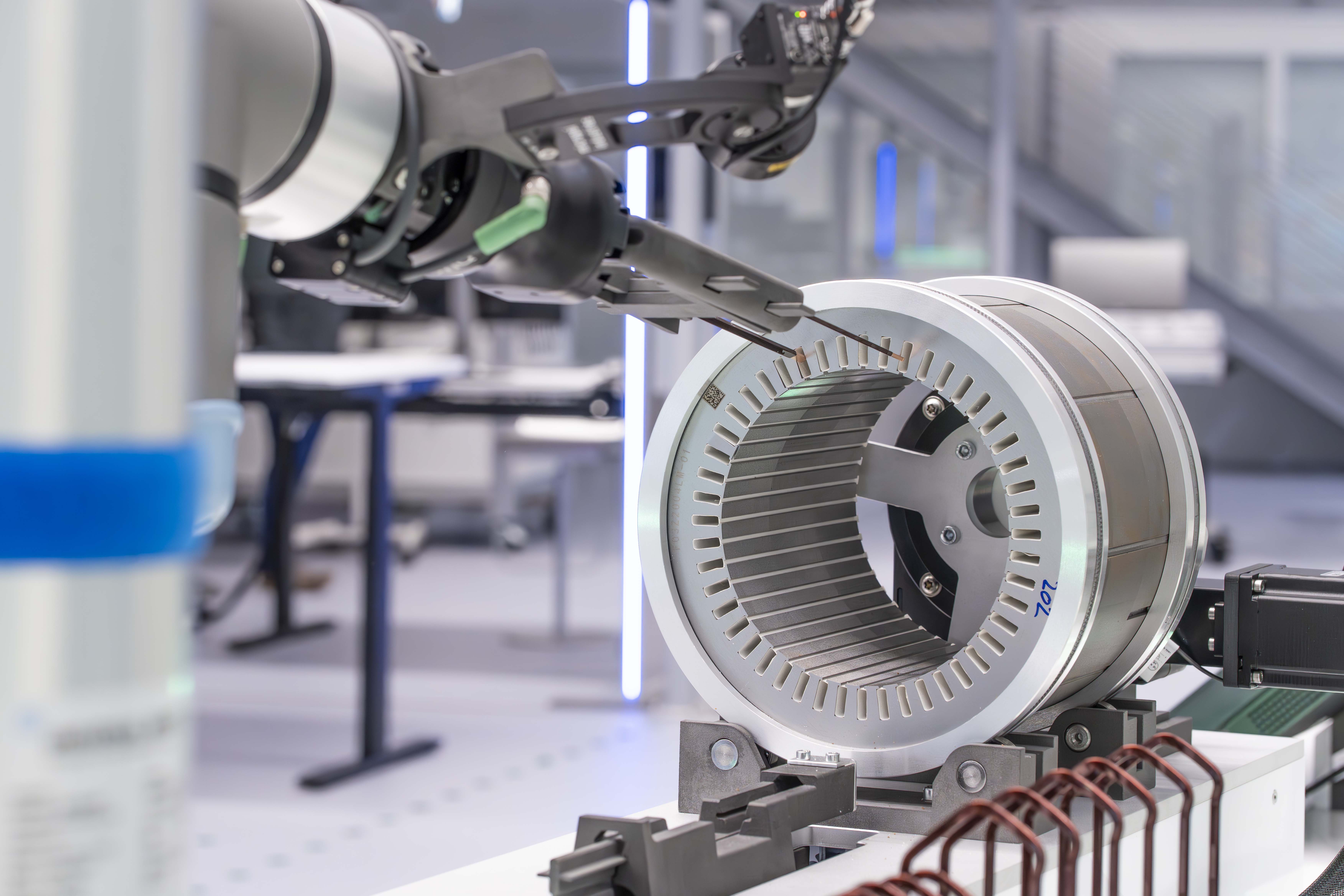
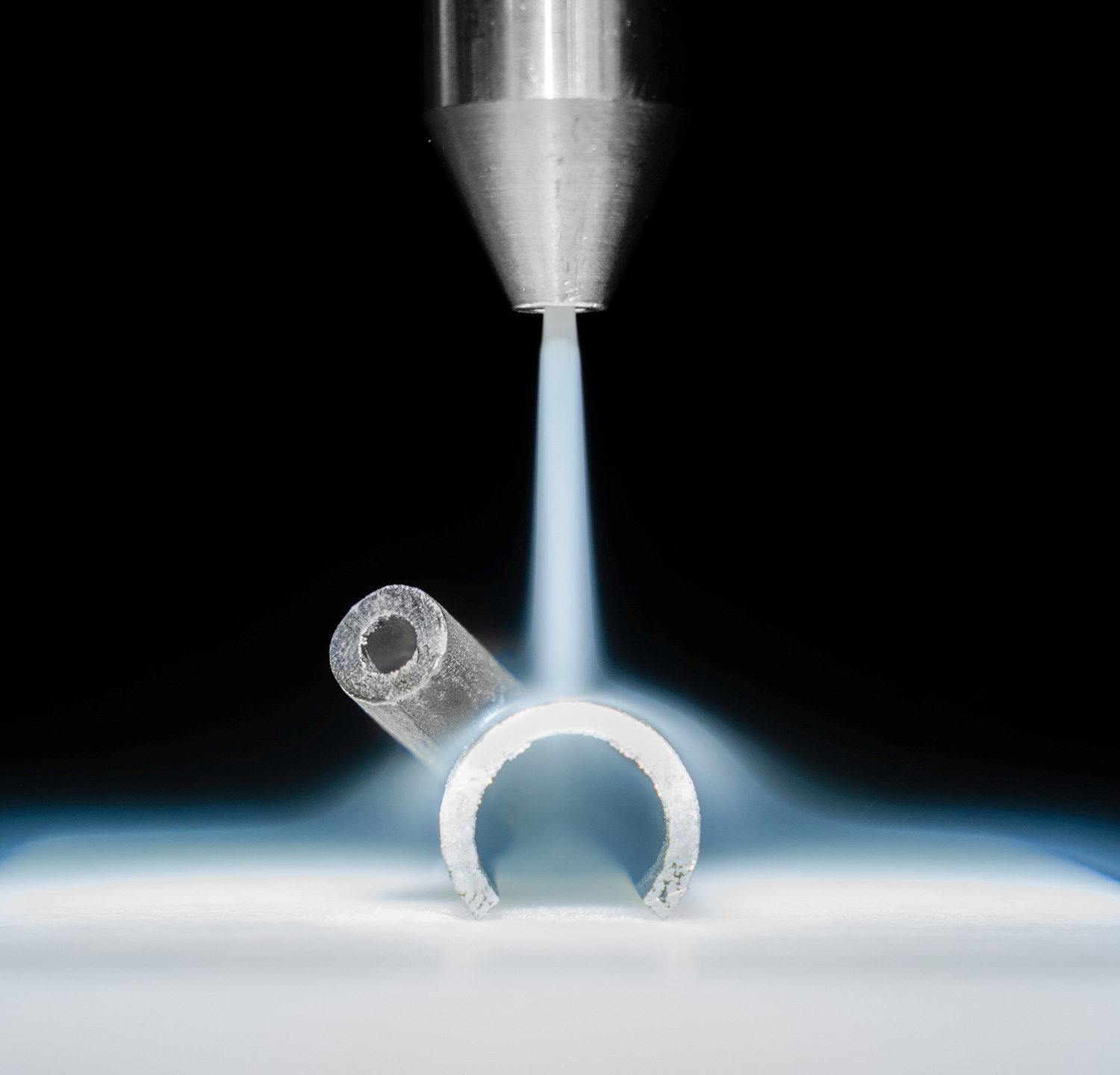
Dry and residue-free cleaning
In the cleaning industry, the regulatory framework for companies is becoming increasingly restrictive. With its Zero Pollution Action Plan, the European Commission has set the goal of reducing air, water, and soil pollution by 2050 to levels that are no longer harmful to our health and natural ecosystems. Poisonous substances as well as substances that are harmful to nature and water will be gradually banned along the way. This directly affects cleaning, where alternatives to harmful chemicals must be found.
Cleaning with carbon dioxide (CO2) is a promising approach. Unlike most conventional cleaning methods, CO2 blasting leaves no residue on the object being cleaned. The blasting medium sublimates immediately upon contact with the surface – with no need to dispose of any cleaning agent residues or purify contaminated water. There is also no need for subsequent drying of the cleaned object, which is often energy-intensive. This saves a lot of time and energy. The CO2 used is a waste product obtained from other industrial processes and therefore has a neutral carbon footprint.
In the automotive industry, the process enables comprehensive and gentle cleaning prior to important process steps such as surface finishing by painting. It is also ideal for cleaning highly sensitive components. The risk of damage from aggressive chemicals and subsequent mechanical or energy-intensive drying processes is minimized, while the technical cleanliness required for subsequent processes is guaranteed. This makes vehicle production a clean affair.
 Fraunhofer Institute for Production Systems and Design Technology
Fraunhofer Institute for Production Systems and Design Technology